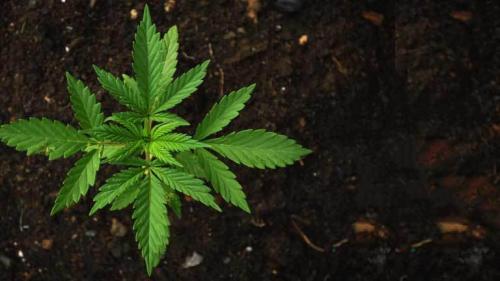History Of Hemp : Back To The Roots Tour
 Hemp cultivation had been in practice for more than 10,000 years. It was and still is a significant source of food and fiber with evidences dating back to archaic Mesopotamia and China. Hemp flowers and seeds offered medical relief from a variety of ailments during 2700 BC till the Roman times. As per history, hemp was an essential crop for North Americans, and even during the early 1600s it was the law of the land to cultivate it. Early comers grew hemp for multiple applications such as oil, clothing, rope, and sailcloth. Years later, it was used for extracting CBD hemp oil which became an attraction among millions.
Hemp cultivation had been in practice for more than 10,000 years. It was and still is a significant source of food and fiber with evidences dating back to archaic Mesopotamia and China. Hemp flowers and seeds offered medical relief from a variety of ailments during 2700 BC till the Roman times. As per history, hemp was an essential crop for North Americans, and even during the early 1600s it was the law of the land to cultivate it. Early comers grew hemp for multiple applications such as oil, clothing, rope, and sailcloth. Years later, it was used for extracting CBD hemp oil which became an attraction among millions.Just how dogs are a man’s best friends since thousands of year in the animal kingdom, similarly hemp has been a man’s best friend in the plant kingdom. Hemp is a variety of cannabis that belongs to the sativa species. Sativa typically grows nearly 10 to 15 feet high and has a very fibrous trunk to support the weight of the entire plant. In the United States and other parts of the world, cannabis plants should have less than 0.3 percent THC by weight to be addressed as Hemp. Anything above 0.3 percent is legally restricted in most countries.
Around the world, hemp is widely used for weaving clothes and twine, crafting tools and structural materials, to healing and feeding both humans and animals. Well, since years hemp served a broad range of daily purposes for people all over the world and continues to do so.
Back in 1938, an article was published by Popular Mechanics addressing hemp as the “new billion dollar crop.” Hearing this enormous amount in those days was quite surreal by everyone regardless of their economic condition. The article reflected over 25,000 uses of the plant. CBD hemp oil continued to be a vital necessity for most North American farmers and a potential solution for literally several consumer needs.
In 1937, The Marijuana Tax Act was passed which made producing marijuana, and any plant type in association to the cannabis family was legally restricted. The smoking of marijuana caught U.S. Federal Bureau of Narcotics and President Franklin D. Roosevelt’s attention and, in spite of resistance from the American Medical Association, the act was passed, and the suspension took off.
In 1942, the legal restriction was briefly liberalized to facilitate supplies of hemp for producing canvas and rope. Traditional supplies of jute from the Philippines had been disturbed due to the Japanese invasion. Towards the end of World War II, the ban was immediately revived, and industrial hemp was yet again an “illicit crop.”
Back in 1998, the Canadian Government granted permission for the planting and processing of the industrial hemp, but Health Canada monitors it time and again. In the span of 60 years, farmers were finally able to grow hemp for food, manufacturing fiber and exporters were ready to ship finished goods outside Canadian borders.
Due to the countless benefits of hemp, producer interest shot up, and industrial hemp production began to build momentum once again in the late 1990s and early 2000s. In 2005 and 2006, supply overtook demand. Currently, production contracts and supply management has helped stabilize the CBD hemp oil industry.
Advertise on APSense
This advertising space is available.
Post Your Ad Here
Post Your Ad Here


Comments (1)
Richard Clark1
Marketing Manager
Great, i liked the information you provided from the scratch